A nation’s understanding of itself is constructed in part by intangible things. Habits and traditions. Collective memory, perhaps, or an unspoken pride in the peculiarities of language or culture that we instinctively understand – our unspoken awareness of what “notions” are, say, or the way the meaning of “grand” runs the gamut from awful to great.
You can see a similar process at work in the arts. Irish art is regularly cited as proof that we punch above our cultural weight, yet most of us don’t visit galleries and museums very often.
We’re in far more frequent contact with the everyday art – the material culture – that surrounds us, whether it’s the packaging that entices us to pick up a particular food brand, the election flyers currently coming in our doors, or the Guinness toucan posters on the walls of our local pubs.
This graphic design is a constant in our day-to-day lives, affecting us more than we realise. (The term “graphic design” was coined in 1922 by the American designer and typographer William Addison Dwiggins. Before that the job title was “commercial artist”.)
READ MORE
Through design you can trace Ireland’s changing social and political views and values in relation to how we consume and spend. Take National Treasures: this 2017 project to collate items representing Ireland’s distinctive cultural heritage over the past century went on to become an RTÉ series, nationwide roadshow, National Museum of Ireland exhibition and crowd-sourced website.
A book featured more than 200 of the items submitted. Whether it was the bespoke Cork 800 milk bottles produced in 1985, Yes Equality posters from 2015 or distinctive red-and-yellow packaging of Oatfield sweets from the 1950s, this fascinating social-history project also revealed decades of graphic-design talent.
Yet while aspects of Ireland’s graphic-design history have been captured at various times – the National Library of Ireland’s Ephemera collection includes historical proclamations, posters, playbills, concert and theatre programmes, memorial cards and restaurant menus, some dating from the 17th century – there is no dedicated State archive.
A decade or so ago, concern that this valuable record would disappear because Ireland’s graphic design wasn’t being collated in any meaningful way drove some of Ireland’s leading graphic designers to found the 100 Archive. Together, David Smith (founder of Atelier and president of the Institute of Art, Design & Technology), Brian Nolan (a founder of Detail Design), Scott Burnett (founder of Wove) and David Wall (creative director of Tines) developed the concept, operating models and principles for a community-led digital platform.
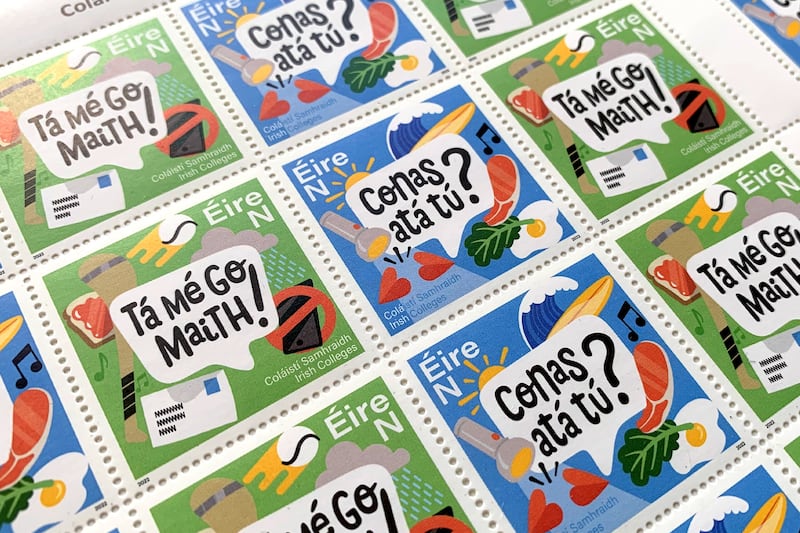
The 100 Archive charts the past, present and future of Irish design by publishing 100 notable communication-design projects every year. (I’ve worked on a handful of them.) Work spans graphic, editorial, type, brand, digital, motion and exhibition design, and includes copywriting. Today the site lists more than 3,500 projects, and 1,000 designers in 20 countries are registered with the archive, in addition to 28 educational institutes.
“I was always bemused by the fact that, despite the health of our industry and the apparent talent that existed, there was no ongoing record, showcase or critique of Irish graphic design,” says Smith. He believes the ephemeral nature of much graphic design is the primary reason why it should be, at the very least, recorded and captured.
“There are outstanding established and emerging Irish designers working across Europe – not always within traditional studio environments but in other sectors, such as technology, fintech and broadcast media. The Irish design diaspora is truly global, and many individuals are making great work. Yet their work is rarely recognised as Irish or a product of the Irish design community or design education system ... something the 100 Archive is committed to reversing.”
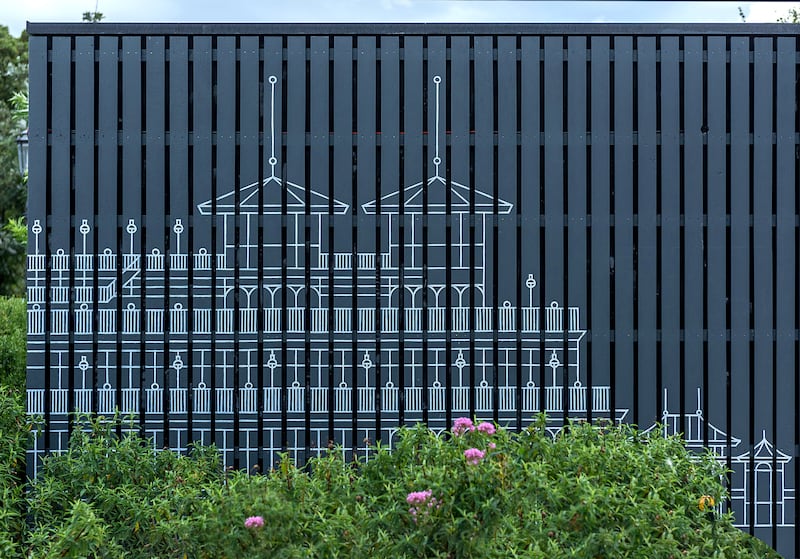
Nolan, who established Detail Design with Paul McBride in 2004, has been a member of the steering committee since 2012, when the archive was founded. For him it’s a valuable resource that traces how design for commercial, civic and cultural projects has evolved in style and significance. “Apart from technological advancements, one emerging pattern over the last decade is how the value of design has been embraced as an essential resource for large professional-service organisations.
“Most now have significant in-house design teams; their work often focuses on the importance of strategic design thinking or communication around a new service or technology, which is pivotal to its success or failure. Building a community to address this lack of public record also opened up a significant channel to discuss the challenges we face as an industry, and how we can make a more significant contribution to the challenges the world currently faces.”
The designer Lara Hanlon became 100 Archive’s director this year. “Graphic design captures visual-communication trends, shaping how ideas, values and identities are conveyed,” she says. “By preserving the work we not only capture a moment in time but can tell others who we were, both as an industry and as a society.”
Designers can submit projects for consideration all year round, with a general call for submissions every December. Projects go through two rounds of review, “first with our professional panel, who ensure that the work aligns with the 100 Archive’s mission. Once projects are approved they are visible on the platform. From there each project is reviewed by our archive panel. These panellists must select 100 projects – no more and no less – to be officially added to our yearly selection.
“While much of the work submitted is the result of a collaborative, multidisciplined effort, 100 Archive is about celebrating the individual designer or designers behind the ideas and production, so it’s important that the work is submitted directly from that person or team, with contributors credited accordingly.”

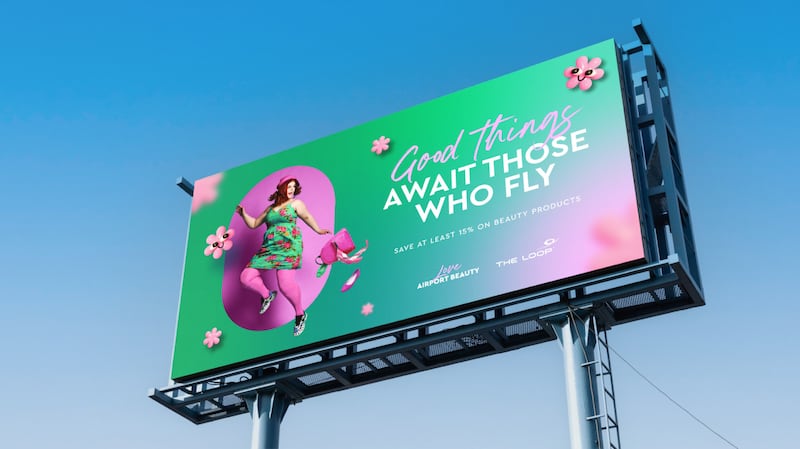
Work is submitted across the ever-broadening area of communication design, from flyers for a club night to international corporate rebrands, and from identities for small businesses to campaigns for big social movements. Recent showcased projects include Detail’s Coláistí Samhraidh stamp series for An Post, which celebrates the annual trip to the Gaeltacht as a rite of passage for Irish teenagers (“telling a visual story with a cultural reference is a challenging task in a 30mm square!” Nolan notes); Joanne Byrne’s design for Dún Laoghaire Harbour Trail, inspired by the harbour’s decorative and functional ironwork; Slater Design’s brand revamp of that 1980s classic West Coast Cooler; Dynamo Design’s Love Airport Beauty duty-free-shopping campaign; and Image Now’s brand refresh for IDA Ireland.
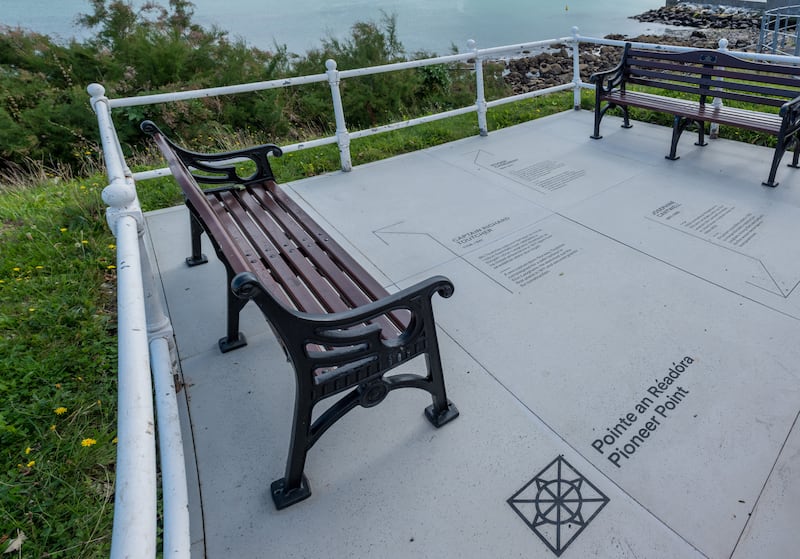
Smith is proud that the archive presents an all-Ireland picture of activity. “Too often the ‘best design’ was concentrated in Dublin and, to a lesser extent, Cork and Belfast. The 100 Archive demonstrates how healthy and innovative graphic design is across the whole island.” This determination to map uncharted territories was the basis for Map Irish Design, a Creative Ireland-funded project from 2019 that demonstrated design’s far-reaching impact on life, culture, business and society.
Archiving graphic design, particularly paper-based artefacts, is costly. It requires expertise and specialised conditions to retain and protect items, and to manage the environmental impact. The 100 Archive is entirely voluntary. Submission fees just about cover running costs. A partnership with the National Library preserves a number of websites every year, but outside of that it relies on the support of the design community at home and abroad.
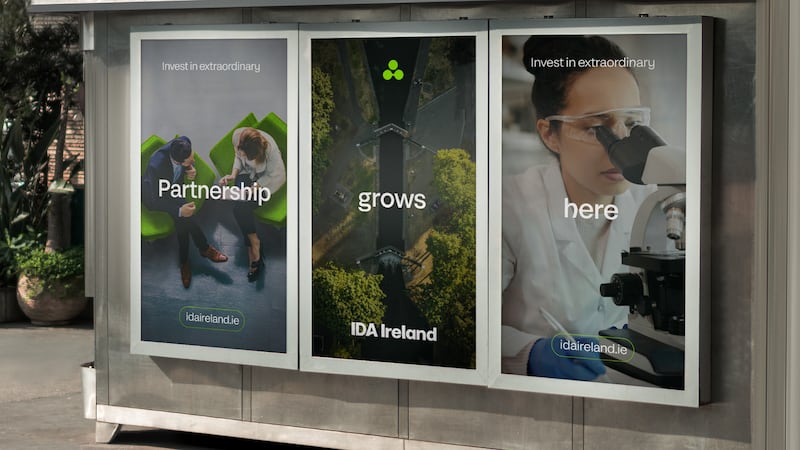
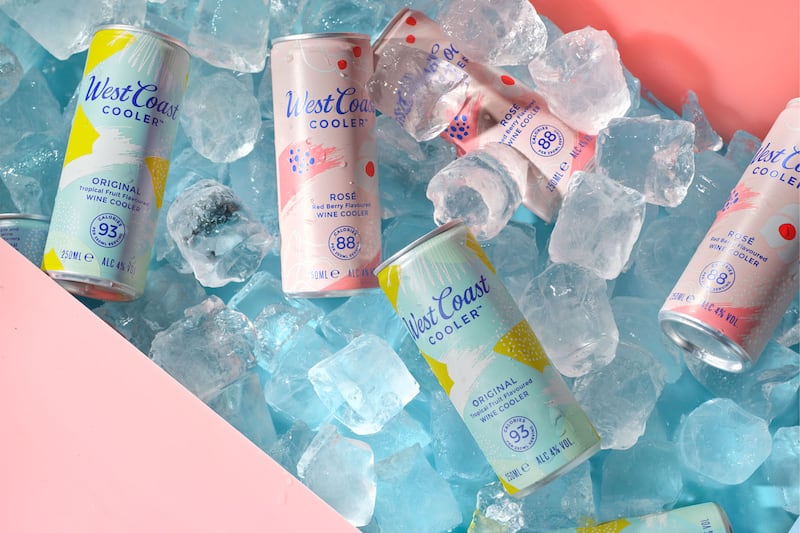
The highest percentage of submissions the archive receives are for the cultural sector, highlighting the role design plays in the way culture is expressed. Many of its supporters believe its popularity proves sufficient interest exists to warrant a new museum of contemporary applied arts and design to exhibit, collect and archive contemporary and historic design artefacts.
Ireland has a precedent for State-supported design: in 1964, with assistance from a group of Scandinavian designers, the government established Kilkenny Design Workshops. This visionary service initially focused on ceramics, candle making, precious metals, metalwork, woodturning, weaving and textiles, adding graphic design in 1969. Kilkenny Design Workshops had a transformative impact on design and material culture in Ireland. (An Post’s history of commissioning top-drawer philatelic design work dates from those early KDW years.)
“Other countries have invested significantly in the cultural value of their design as a reflection of their heritage,” says Nolan. “It’s a heritage that should be celebrated and preserved.”
Irish Design Week 2024 runs from Monday-Friday, November 11th-15th. Joanne Byrne is talking to the Finnish designer Klaus Aalto about design diplomacy at the Royal Irish Academy of Music, at 6pm on Friday, November 15th; the evening also includes a keynote talk, held in collaboration with the 100 Archive, by Thomas Widdershoven and Nikki Gonnissen of the Amsterdam design studio Thonik



















